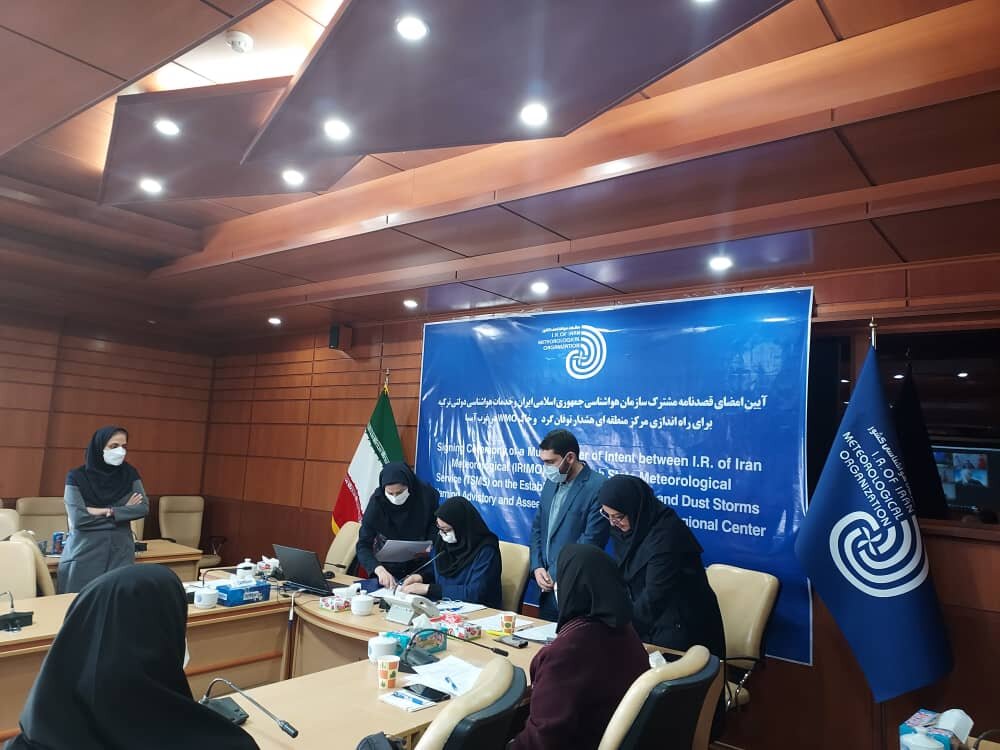Iran, Turkey to set up SDSs warning, assessment system

TEHRAN – Iran Meteorological Organization (IMO) and Turkish State Meteorological Service (TSMS) signed an agreement on Tuesday to establish the Regional Center for West Asia of the WMO Sand and Dust Storm Warning Advisory and Assessment System.
Sand and Dust Storms (SDSs) are a major problem in West Asia, where their main characteristics – intensity, extent, and frequency – are either not well known or have not yet been scientifically addressed.
The growing concern of countries in the region about these phenomena has led to a number of high-level international meetings in recent years at which the creation of a system for SDS monitoring and forecasting has repeatedly been raised.
Both Iran and Turkey were concerned about the occurrence of SDSs and their impacts. So, in 2016, the IMO and TSMS started to enhance cooperation by taking measurements of dust formation, improving meteorological monitoring and forecasting, controlling soil erosion, and establishing regional cooperation projects.
During a video conference meeting, Sahar Taj-Bakhsh, head of IMO, and her Turkish counterpart Volkan Mutlu Coskun inked an agreement to set up the Regional Center for West Asia of the WMO Sand and Dust Storm Warning Advisory and Assessment System.
Two weeks later, a memorandum of understanding will be also signed among the two officials to assign each country’s measures and tasks, and a task force will be formed to implement the plans and launch the regional center.
The virtual ceremony was attended by the representatives of the World Meteorological Organization (WMO).
The center aims to perform SDS monitoring, prediction, and assessment and provide guidance for the SDSs mitigation in the regional countries.
SDSs affecting Iran
Dust events originate predominantly in arid or semi-arid environments, which account for some 33 percent of the total world land area. In fact, the northern hemisphere generates some 90 percent of global airborne mineral dust, where it is also deposited.
Most “dust storm” occurrences are in the region beginning on the west coast of North Africa and extending through West Asia into Central Asia. North Africa is the main dust source area, alone responsible for generating more than 50 percent of the total desert dust in the atmosphere and almost five times as much as the second main source, the Arabian Peninsula.
In Iran, internal dust sources estimated at 34.6 million hectares, generate an average amount of 4.22 million tons of dust per year, of which 122.7 kilograms is raised per hectare annually.
Of this area, about 1.4 million hectares are from arid wetlands and about 2.5 to 3 million hectares are in habitats managed by the Department of Environment.
A study conducted on 6 provinces of Khuzestan, Ilam, Kermanshah, Sistan-Baluchestan, South Khorasan, and Hormozgan showed that this phenomenon has incurred a loss of about 590 trillion rials (nearly $2.1 billion) in a 3-year period.
FB/MG
Leave a Comment